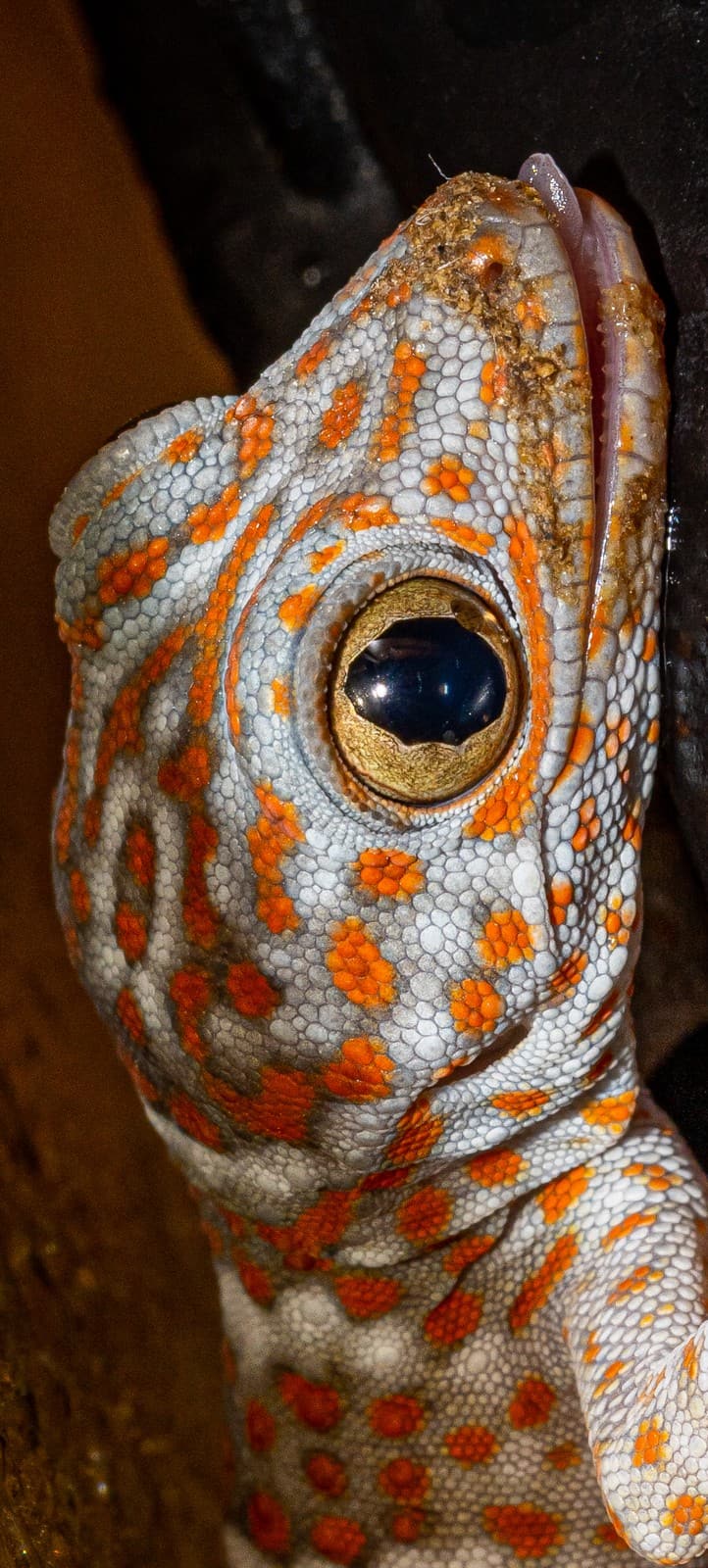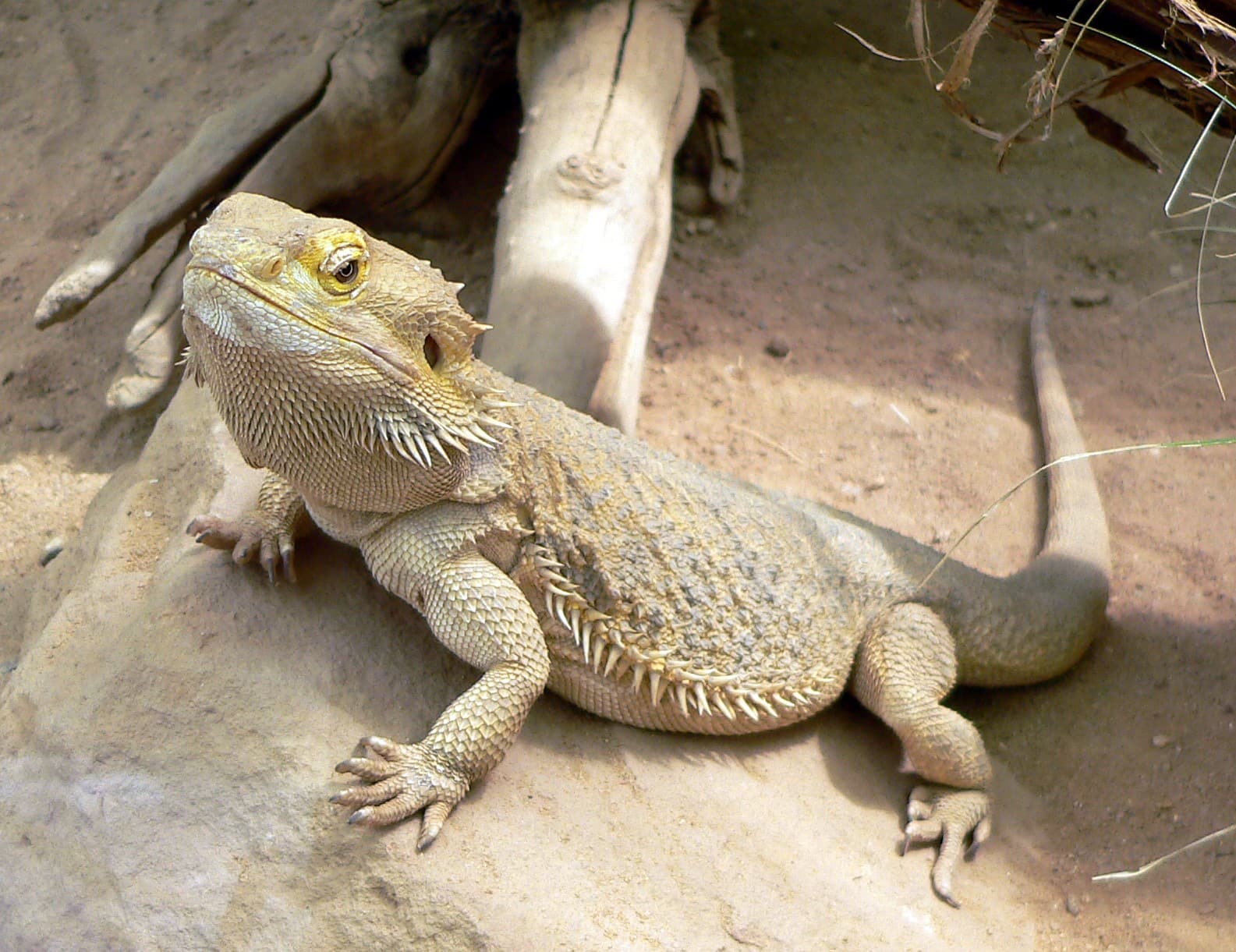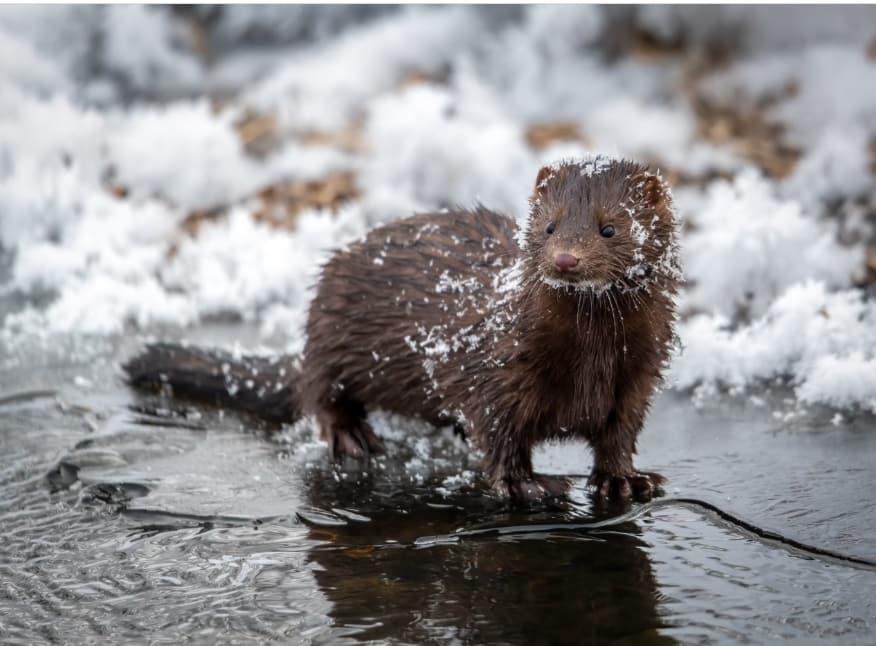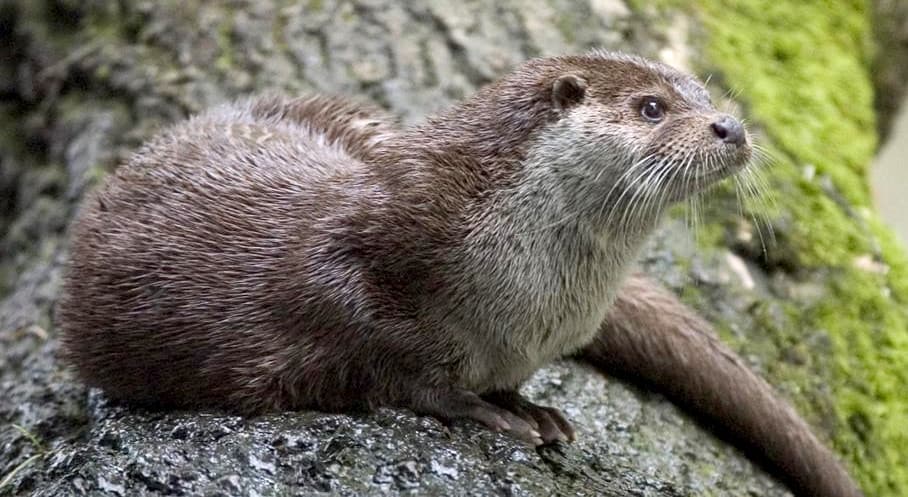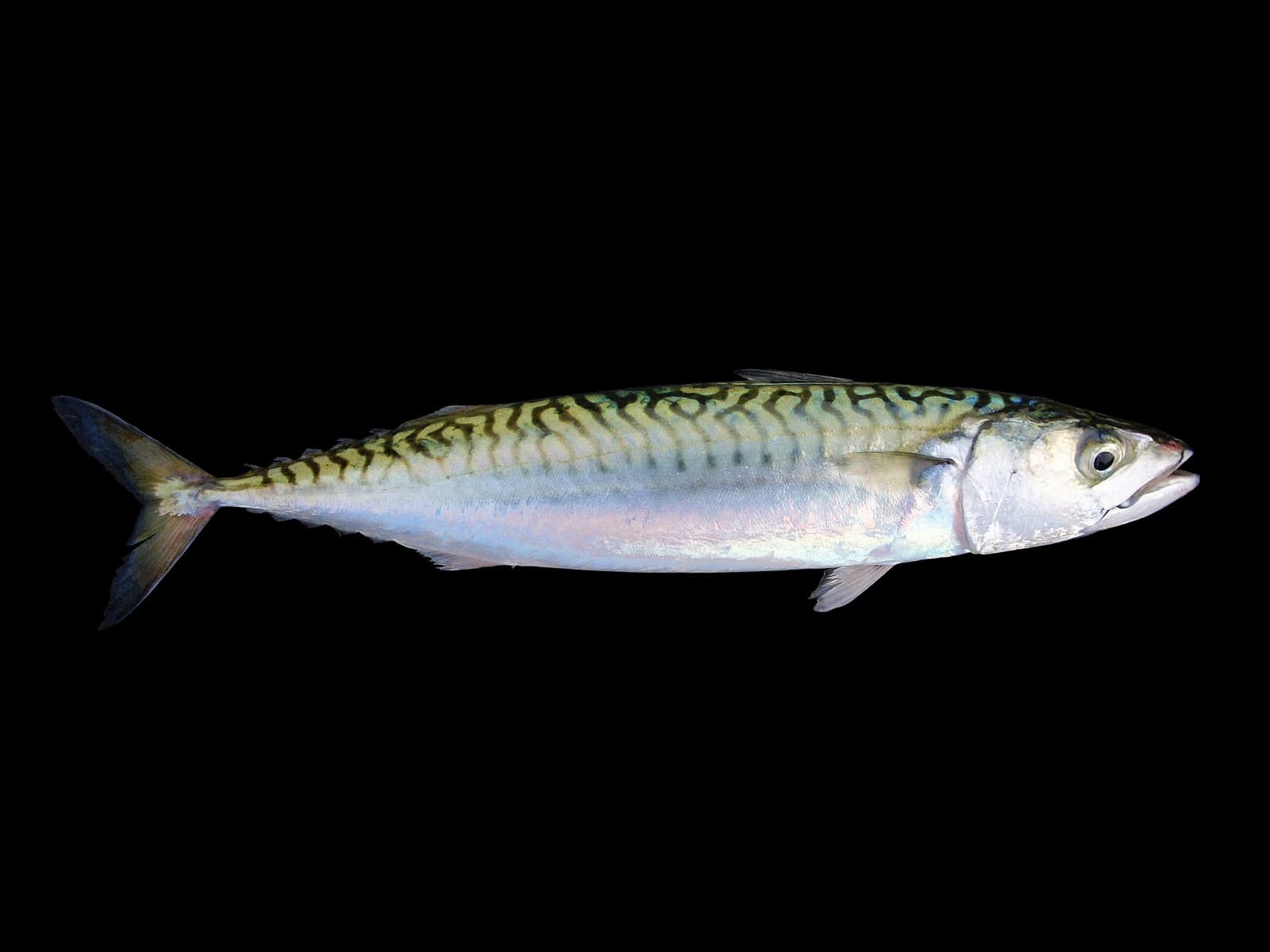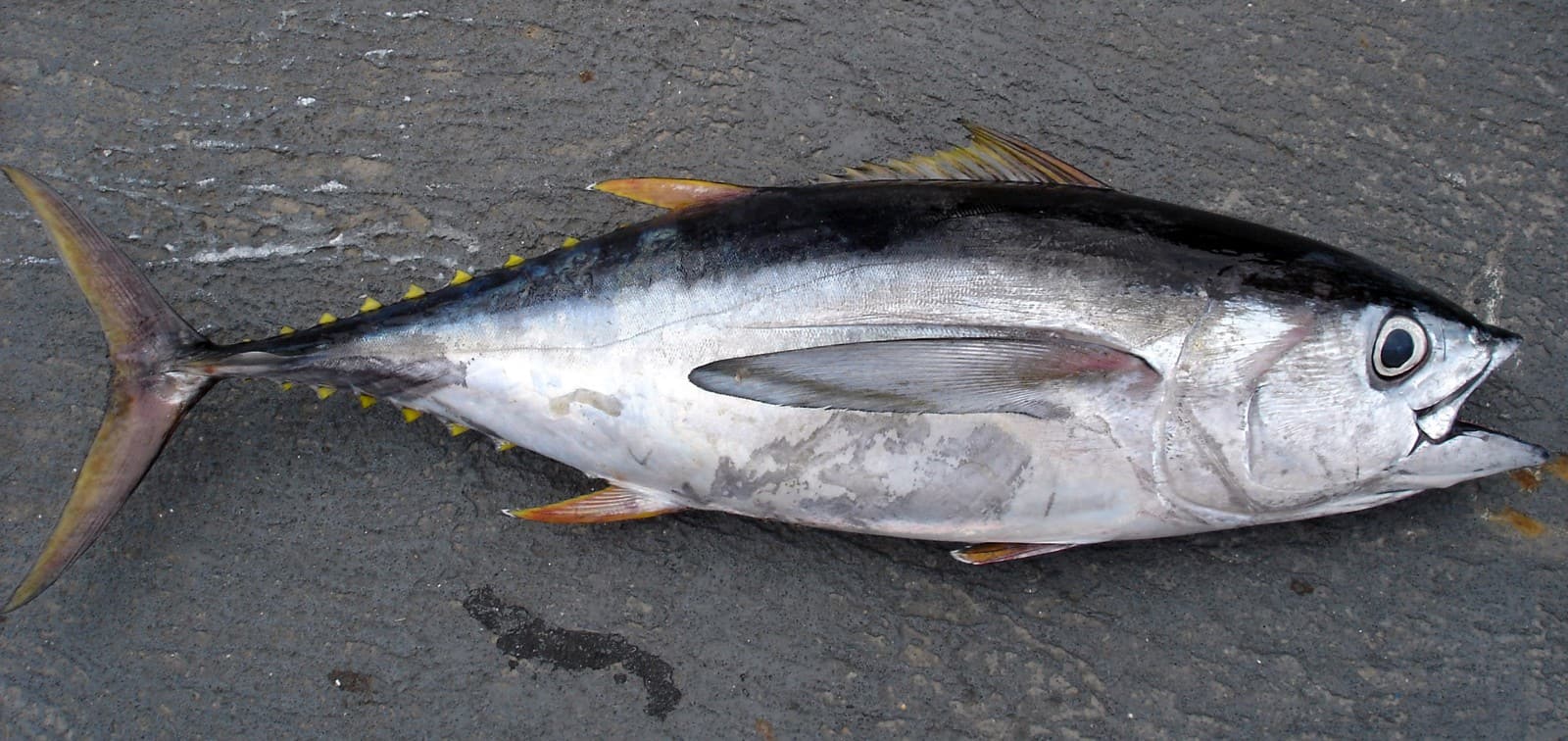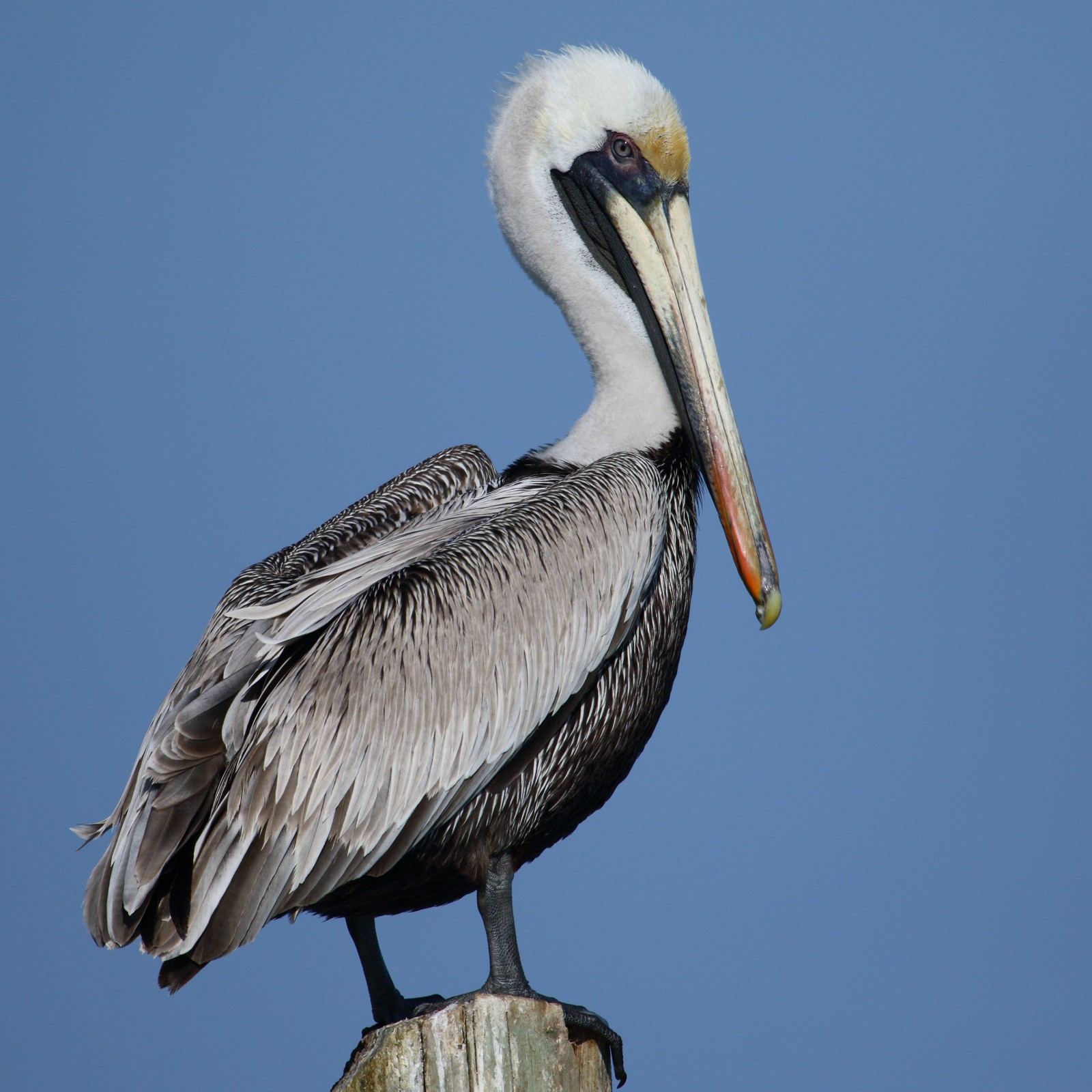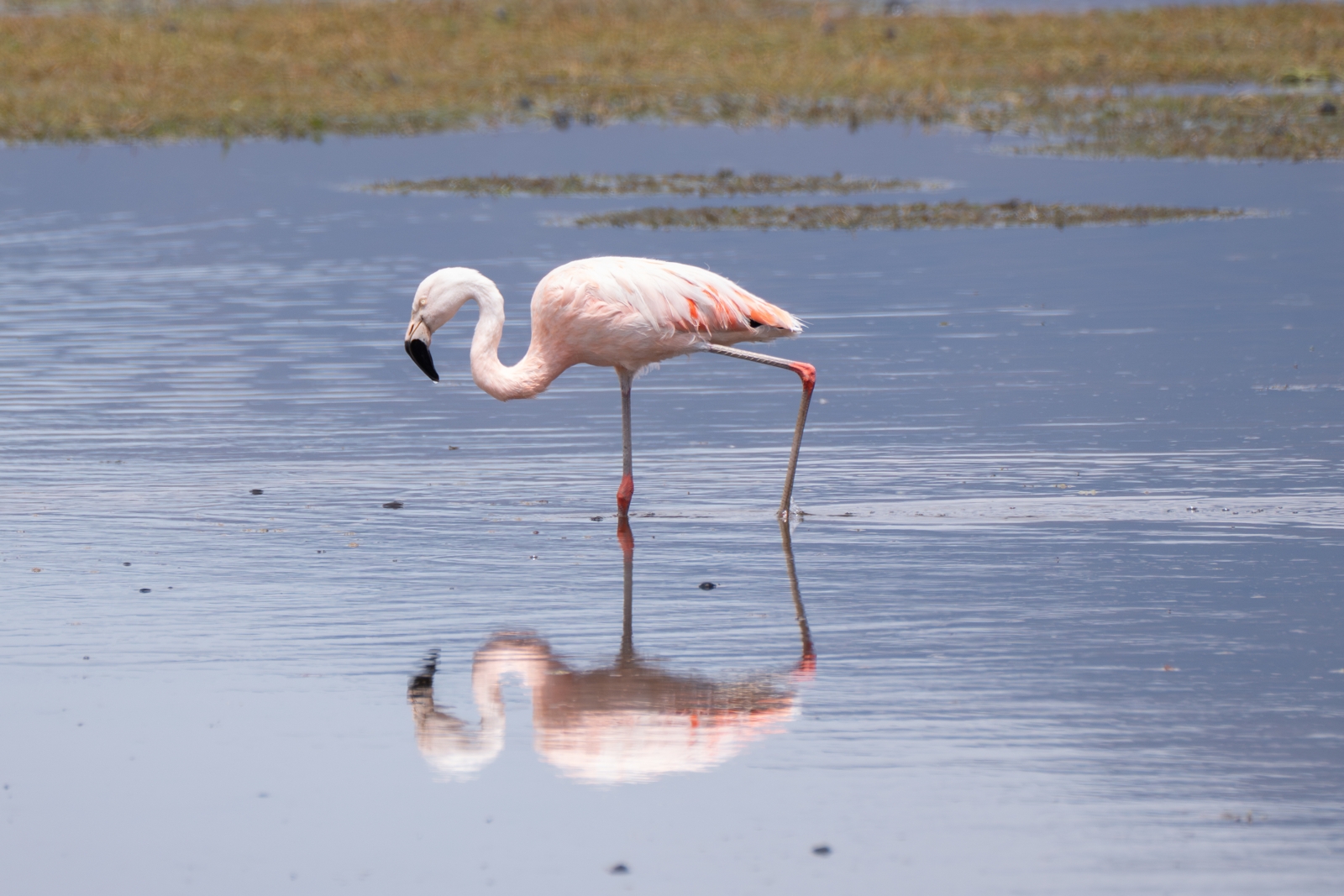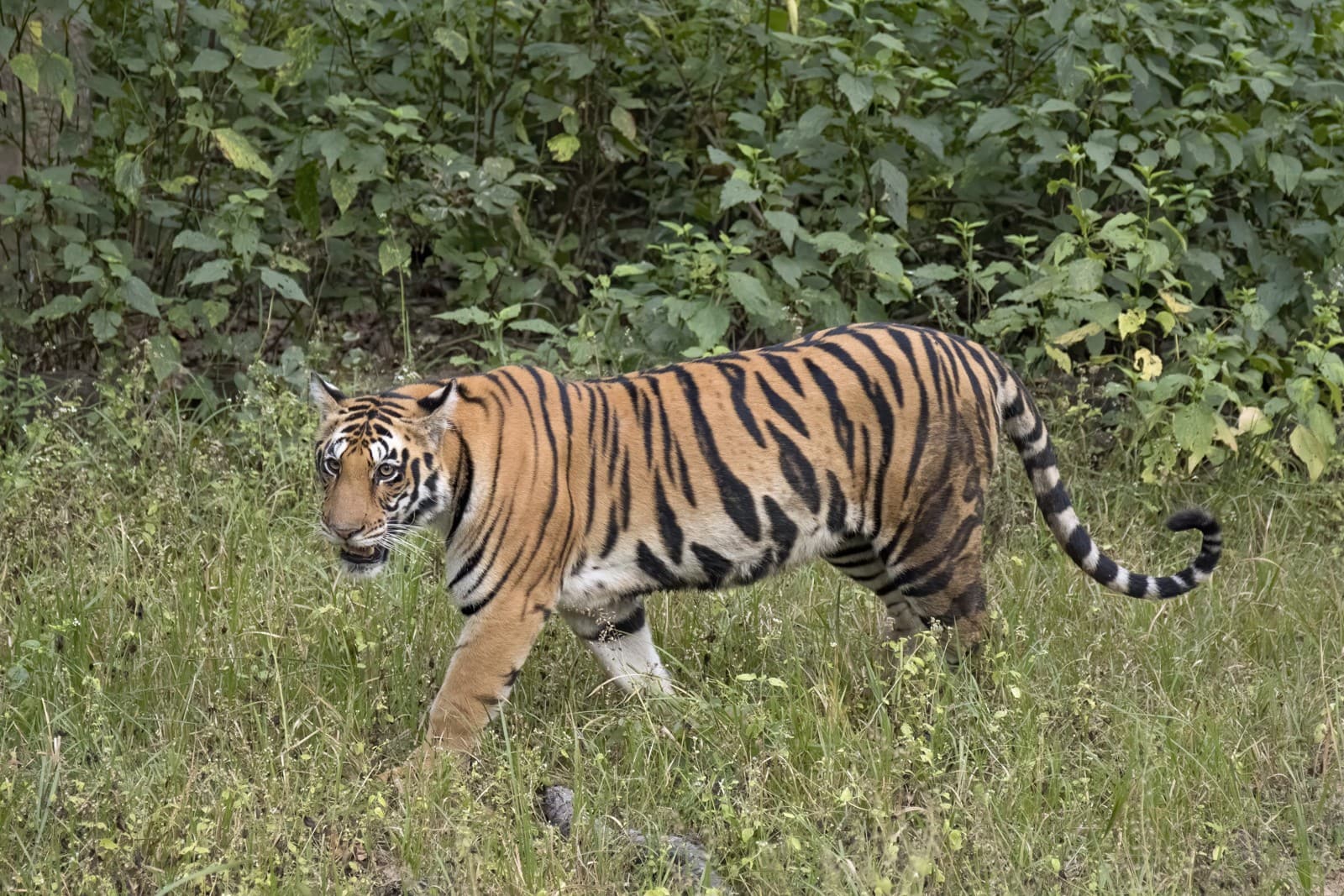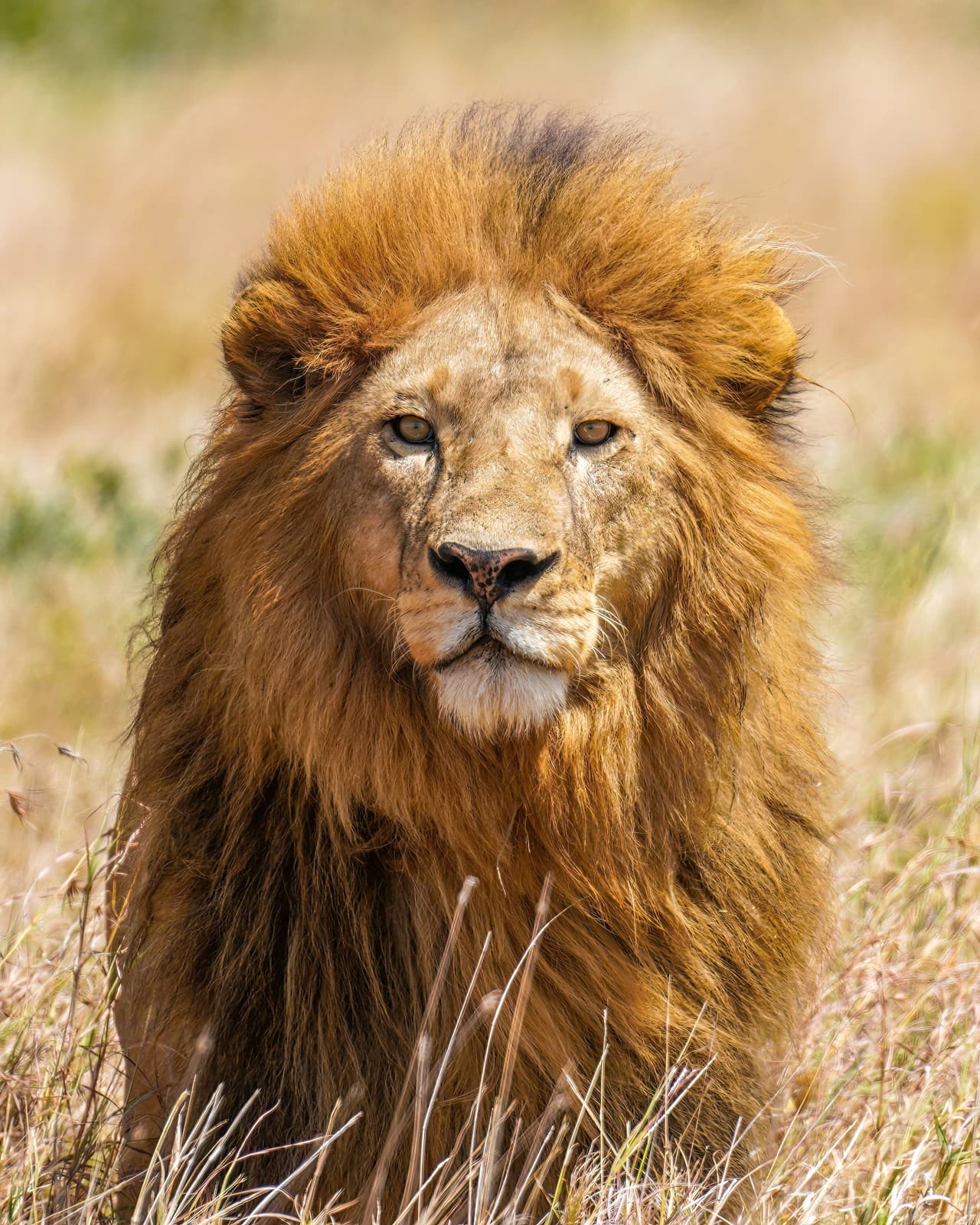Albatross vs Seagull: A Complete Comparison
When comparing albatross vs seagull species, the differences are striking. Albatrosses reign as the masters of open ocean flight, with the Wandering Albatross boasting the largest wingspan of any living bird at up to 11.5 feet (3.5 meters). Seagulls, by contrast, typically have wingspans of just 3.3-4.9 feet (1-1.5 meters) and are more commonly found along coastlines and inland waters.
These remarkable seabirds diverge significantly in their lifestyles, habitats, and physical characteristics. While seagulls are adaptable opportunists found on six continents, albatrosses are specialized ocean wanderers, spending up to 95% of their lives at sea and rarely approaching land except to breed.
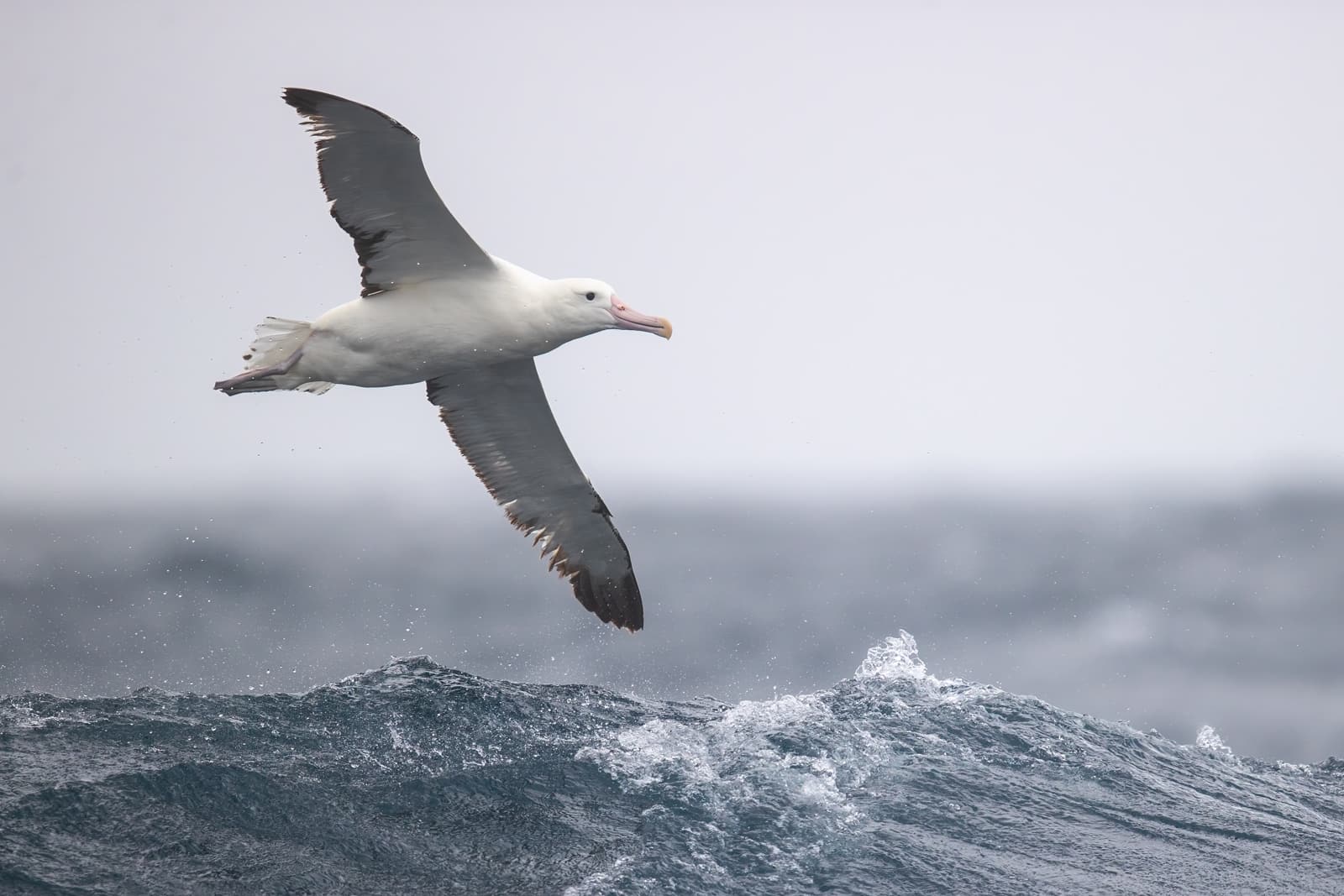
© JJ Harrison / CC BY-SA 3.0
The Wandering Albatross demonstrates the extraordinary size and aerial prowess that sets albatrosses apart from their smaller seabird cousins. These ocean giants can glide for hours without a single wing flap, using dynamic soaring to cover vast distances efficiently.
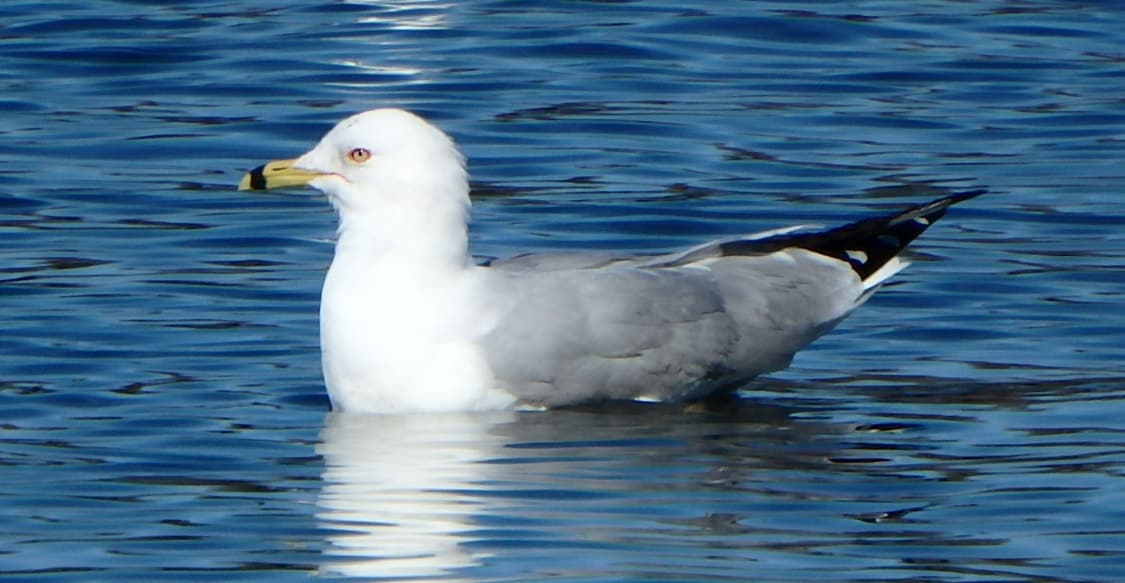
© Donna Fernstrom / CC0
A Ring-billed Gull exhibits the typical characteristics of seagulls: compact size, adaptable nature, and the versatile features that allow these birds to thrive in diverse environments from urban areas to coastal regions.
Key Differences Between Albatross and Seagull
| Feature | Albatross | Seagull |
|---|---|---|
| Wingspan | 6.5-11.5 feet (2-3.5 m) | 3.3-4.9 feet (1-1.5 m) |
| Weight | 13-24 lbs (6-11 kg) | 0.5-4 lbs (0.2-1.8 kg) |
| Habitat | Open ocean, rarely near land | Coastal areas, inland waters, urban areas |
| Lifespan | 50+ years | 10-20 years |
| Diet | Squid, fish, krill | Fish, invertebrates, human food waste |
| Range | Southern Hemisphere oceans | Worldwide, all continents except Antarctica |
Habitat and Distribution
Albatrosses are true pelagic seabirds, spending months or even years without touching land. They primarily inhabit the Southern Hemisphere’s vast oceans, with only three species found in the North Pacific. These magnificent birds only return to remote islands and rocky outcrops to breed and raise their young.
Seagulls display remarkable adaptability, thriving in diverse environments from coastal regions to city centers. Unlike their ocean-bound cousins, gulls have successfully colonized inland areas, often nesting on buildings and feeding in urban environments thousands of miles from the sea.
Flight and Movement Capabilities
The albatross’s flight technique represents one of nature’s most efficient forms of animal locomotion. Using dynamic soaring, these birds can travel hundreds of miles daily while expending minimal energy. Their specialized shoulder-locking mechanism allows them to soar for hours without flapping their wings.
Seagulls exhibit more versatile flight patterns, regularly alternating between gliding and active flapping. While not as efficient at long-distance ocean travel as albatrosses, they excel at maneuverability, enabling them to navigate crowded harbors and catch prey in mid-air.
Feeding Behavior and Diet
Albatrosses have evolved as specialized hunters of squid and fish, often feeding at night when their prey moves closer to the surface. Their hooked beaks and excellent sense of smell allow them to locate food across vast stretches of ocean, sometimes following ships for hundreds of miles to feed on fishing discards.
Seagulls demonstrate remarkable dietary flexibility, earning their reputation as opportunistic feeders. While naturally feeding on fish and marine invertebrates, they readily adapt to human presence, scavenging from garbage dumps and accepting food handouts. This adaptability has contributed significantly to their success in urban environments.
Breeding and Lifespan
The contrast in breeding strategies between albatrosses and seagulls reflects their different lifestyles. Albatrosses are among the most monogamous of all birds, forming life-long pair bonds and typically producing just one egg every two years. Their elaborate courtship displays can last for several years before breeding begins.
Seagulls follow a more conventional breeding pattern, typically nesting annually and laying 2-3 eggs per clutch. While also forming strong pair bonds, their breeding cycles are more frequent and less energy-intensive than those of albatrosses.
Conservation Status
Many albatross species face serious conservation challenges, with 15 of 22 species threatened with extinction. Long-line fishing poses a particular threat, while plastic pollution and climate change impact their breeding success and food availability.
Most seagull species maintain stable populations, with some even increasing due to their ability to exploit human-modified environments. However, certain specialized species face localized threats from habitat loss and competition with more adaptable gull species.
Who Would Win in a Confrontation?
While direct confrontations between albatrosses and seagulls rarely occur due to their different habitats, the size difference alone would give albatrosses a significant advantage. A Wandering Albatross weighs up to 24 pounds (11 kg), nearly six times heavier than the largest gulls. However, such encounters are extremely unlikely as these birds occupy different ecological niches and rarely compete for resources.
Through this comprehensive comparison of albatross vs seagull characteristics, we can appreciate how these remarkable seabirds have evolved to succeed in their respective environments, from the vast open oceans to bustling coastal cities.
